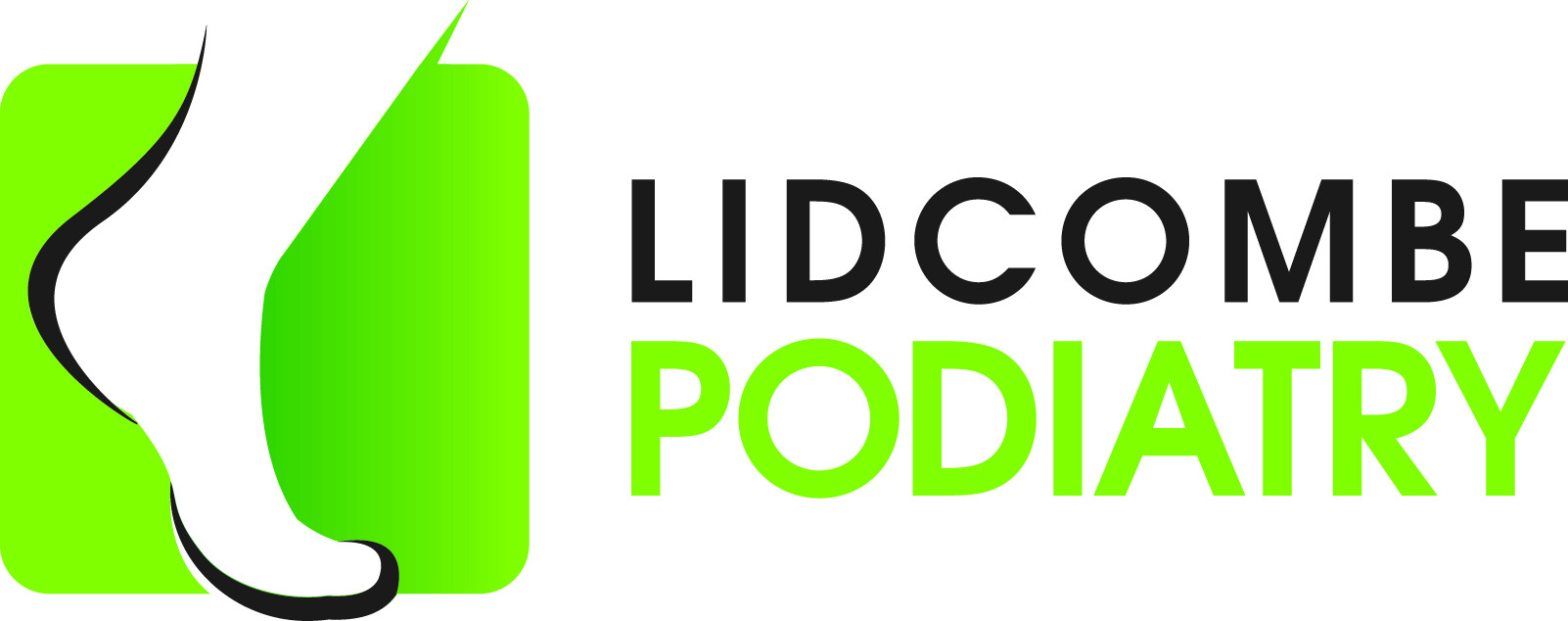When a child is born, their feet are very flexible as their bones, joints and muscles are still developing. As they get older and start to bear weight in their feet, children can encounter gait issues that can then affect the way they walk in later life. It is important to assess any signs of pain or discuss parental concerns whilst children are young, to prevent permanent issues in future.
With the right treatment and education, parents can feel reassured that their little one is developing as they should be.
Many lower limb positional deformities seen in young children are often a result of lack of or too much limb rotation in the womb. Examples of this include in-toeing (pigeon toes), knock-knees, bow legs and out-toeing (duck walking). If your child is showing signs of these conditions, is complaining of pain, is tripping over more often than normal, is overly scuffing their shoes/wearing their shoes out too quickly on one side – please seek the advice of our podiatrists. We may be able to implement junior orthotics and strengthening/stretching exercises to help improve their gait patterns before their bones, joints and muscles reach maturity.
Pain is often a sign that something is not quite right. If your child ever complains of pain in the feet or lower limbs, it is important not to overlook their concerns as “growing pains”, as there may be something more going on. For example: Sever’s disease is a common reason for heel pain in children. It indicates that the growth plate in the calcaneus (heel bone) has not fused properly and is inflamed. Growing pains in the legs are often noticed at night and may indicate that a bone is growing at a quicker rate than the muscles and are causing pain as the muscles stretch and elongate.
